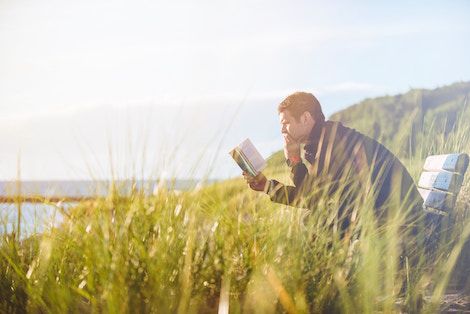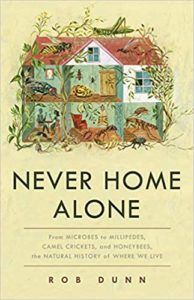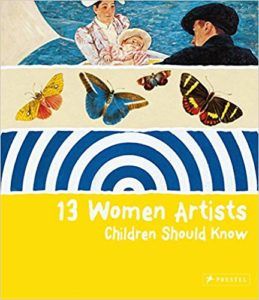
On Only Reading Nonfiction in 2019
Like many of you, I opted to participate in the Goodreads 2019 Reading Challenge. I set my book goal at a meager 40 books. Last year I failed to meet my goal, so I decided to significantly lower the number of books I plan to read for this year’s challenge. And I also decided to only read nonfiction. Why would I do that, you ask? It is simple: I want to learn more about the world and people’s culture, their heritage, religion, political stances, their beliefs, likes and dislikes and so much more. I want to learn about natural history, chemistry, biology, and all sciences and disciplines. I want to immerse myself in a world that I am completely unfamiliar with, and at times uncomfortable with. I have always preferred nonfiction over fiction; however, I love me some awesome science fiction, magical realism, or fantasy novels. It will be hard to give those up, but I will forego those amazing reads this year.
When I look at the world today, I can’t help but feel like we have a lot to work on. I think of what Alan Moore wrote in Watchmen: “In an era of stress and anxiety, when the present seems unstable and the future unlikely, the natural response is to retreat and withdraw from reality, taking recourse either in fantasies of the future or in modified visions of a half-imagined past.” I do not want to withdraw from reality and live in a fantasy world. I want to accept the world for what it is, learn as much as I can about it, hopefully do my best to make the world a better place and progress as a decent human being. We should all strive to leave our mark and make this world a much better place. So that is why I have chosen to read only nonfiction this year. Forty books, in my opinion, is a great number to shoot for. Nonfiction can be a bit overwhelming at times.


Of course the book features art by Georgia O’Keeffe and Frida Kahlo, artists I already knew about, but artists like Louise Bourgeois and Cindy Sherman were also featured. Louise Bourgeois’s work was heavily influenced by traumatic psychological events from her childhood, particularly her father’s infidelity. Her artwork is renowned for its highly personal thematic content involving the unconscious, sexual desire, and the body. Cindy Sherman is widely recognized as one of the most important and influential artists in contemporary art and I had no idea who she was. Shame on me, but now I have a concise understanding of who these women artists are and how influential they have been in the art world. I highly recommend this book.
As I move toward my 2019 reading goal, I am considering other great books by diverse authors of color. I am part of the Latinx community and I have done myself a disservice by not reading enough books by Latinx authors and scholars. I plan on reading The Woman in Battle by Loreta Janeta Velazquez, Santeria: The Religion by Migene Gonzalez-Wippler, Open Veins of Latina America by Eduardo Galeano and many others. But I won’t limit myself to reading only Latinx authors. There is so much to learn and so much to be explored. I will just have to wait and see where this year’s reading path takes me. Maybe my logic is flawed, but this is the path I have chosen to take. What are your reading goals for this year?













